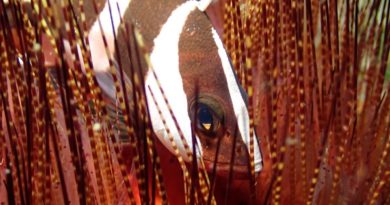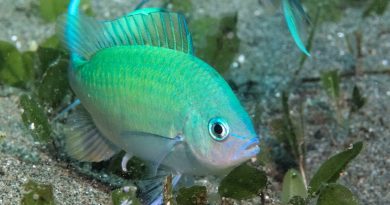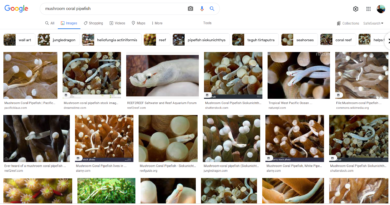Underwater Aliens: Cephalopods and Basket Stars
Scuba diving is a trip for a few different reasons. The whole experience is such a total break from the constrains of normal, land-based, everyday life: no gravity (well, it still acts, but is countered by a diver’s buoyancy), the freedom to move about in three dimensions, and no paperwork/nagging/nonsense coming from one’s less than inspired contemporaries. And there is the second axis of the thrill of diving: the animals you encounter. So many lineages of creatures never made it on land, due to the laws of physics not agreeing with their bodies working in a gas (air), without the mercy of water holing them up. There are no anemones, seastars, sea urchins, corals on land, and many more less well-known groups are also missing topside. The ocean is home to organisms which feel truly alien to us. Some less, some more: sea snakes are different from land snakes, but share many commonalities. Other creatures stand out by their alien-ness:
Basket Star
In the video below you can see a basket star. This is an echinoderm, a relative of the sea urchins & sea stars, but more closely related to the lesser known brittle stars. The animal has no brain, but a diffuse nervous net all over its body. It looks more like a plant than an animal, but that’s deceiving, it actually has a mouth and an anus, all in the central plate, where the countless arm branches transport the plankton to which it catches. The many, many branches of their arms move almost completely independently. The basket star doesn’t move around much, it hides during the day, and emerges at night, when it climbs to an exposed spot, with beneficial current to feed it with ample plankton. Few animals are as un-human as basket stars!
View this post on Instagram
Cephalopods
I recently released a video about new scientific results about another fascinating group of animals, the cephalopods, octopi, cuttlefish and squid. It turns out that octopi have shallow and deep sleep states, just like mammals. Is it a necessity for big brains to alternate between deep, inactive brain states during sleep, with almost wakeful, active brain states? The video explains the new results with a lot of cephalopod footage I shot during the last 4 years.
Cephalopods are big-brained, fast moving, with two eyes, predatory, and some of them even mate in different alternative positions, as if they have different shades of lust. These are critters close to humans in some regards – in how they act – but they came to this point from a very, very different starting point. Mollusks and vertebrate split in pre-Cambrian times, before animals really took off on Planet Earth, more than half a billion years ago. We and them are different, convergent solutions to the same
Cephalopods are aliens to us because they do many of the things we do, but are evolutionarily completely unrelated to us. Basket stars are alien to us because their mode of life and Bauplan are so diametrale opposite to ours.
And I can check out both just a short drive from my home in the Philippines.
Best Fishes (and Inverts),
Klaus


